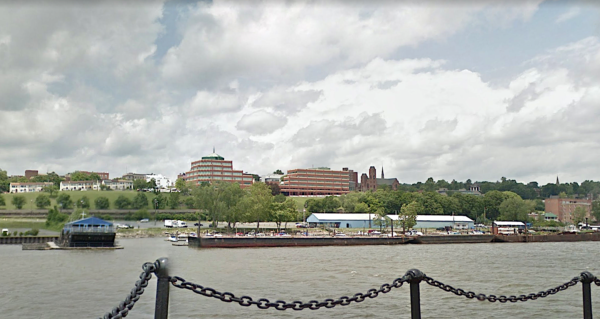Moody”™s Investor Services (MIS) has upgraded the city of Newburgh”™s credit rating to A3 from Baa2. It moves the city from being identified as a moderate credit risk to the category of being a low credit risk. That”™s good financial news for the city, since a better credit rating helps make it more attractive to lenders while enhancing its image. In announcing the upgrade in credit risk categories, Newburgh said that the credit upgrade will save it, local business and taxpayers money as the city deals with necessary infrastructure upgrades.
The city also received Moody”™s highest governance rating of G1, which casts a positive light on its institutional structure, policy credibility and effectiveness along with budget management.

The city said that Moody”™s upgraded credit rating reflects an aggressive multiyear effort by City Manager Todd Venning, Mayor Torrance Harvey and the Newburgh City Council to make the city”™s budgeting process more transparent and accessible while reducing spending and growing the tax base. Moody”™s reported that over five years the tax base has grown from $871.2 million in 2017 to $1.3 billion in 2022.
The city had operating revenues of $54,666,000 in 2021 compared with $46,359,000 in 2017. Moody”™s pointed to the city having gone from a fund balance of $7,353,000 in 2017 to a fund balance of $19,939,000 in 2021.
“The reserve position is expected to remain strong in the near-term as the city has achieved structurally balanced operations, a significant change in budget management and overall governance from several years ago,” Moody”™s said, while adding a note of caution. “Its local economy has seen growth but its resident income levels still remain weak. Its long-term liabilities are elevated along with fixed costs; however, the city is working to reduce liabilities through changing health care plans and utilizing grants to fund projects.”
Moody”™s said that the city now has a stable financial outlook and that its financial position is expected to hold at currently strong levels despite expected increasing labor costs. Moody”™s said that Newburgh”™s ratings could be further upgraded if there is material growth in the local economy accompanied by reduction in long-term liabilities and fixed costs. Moody”™s noted that the city had 28,856 residents in 2020.
Moody”™s said that despite the growth that the city is working towards the city remains socioeconomically challenged with elevated poverty (22%) and median family incomes compared to the state and nation that are just 69% of the state median and 75% of the U.S. median.
Moody”™s pointed out that the city”™s poverty rate of 22% is an improvement from the early 2010s when it was closer to 30%. It also noted that Newburgh has a high crime rate.
Moody”™s pointed out that Newburgh”™s revenues during fiscal 2021 proved to be very strong as sales tax revenue came in almost $3 million over budget and property tax revenues were $1.2 million over budget. It said that this year not only are property tax collections strong but spending is down. Moody”™s reported that overtime spending for public safety has been reduced this year.
Moody”™s looked at the city”™s separate water, sewer and sanitation funds. It found that the financial conditions of these funds have been improving over the past several years.
When it comes to environmental considerations, Moody”™s reported that Newburgh is not doing as well as might be expected and that it has an overall environmental issuer profile score of moderately-negative.
“While carbon transition, water, natural capital and waste and pollution risks are modest, the city is exposed to extreme weather events such as hurricanes and nor”™easters. Favorably, multiple levels of government are engaged in projects related to the resiliency projects to fortify city facilities and vulnerable areas of the city, such as the riverfront, from future severe weather events,” Moody”™s reported.




















